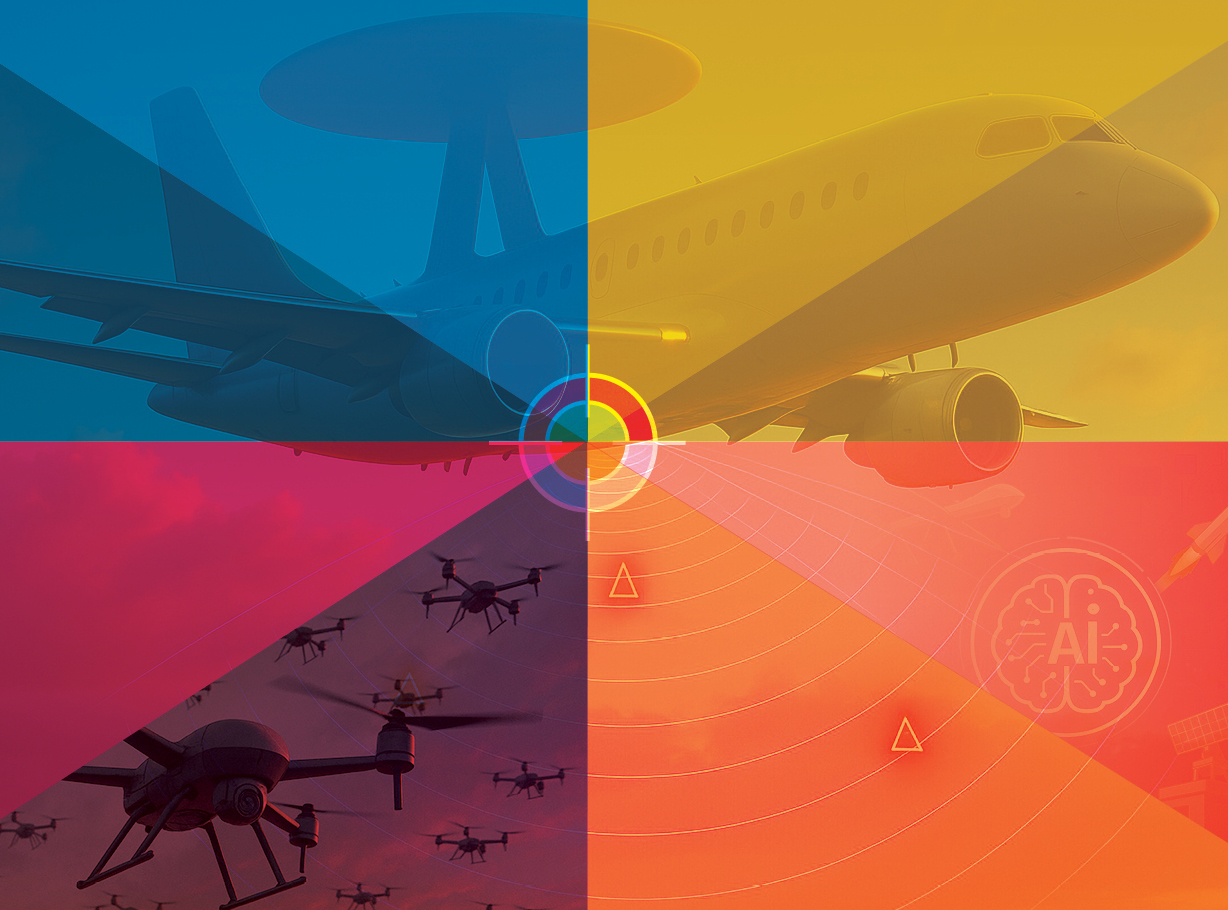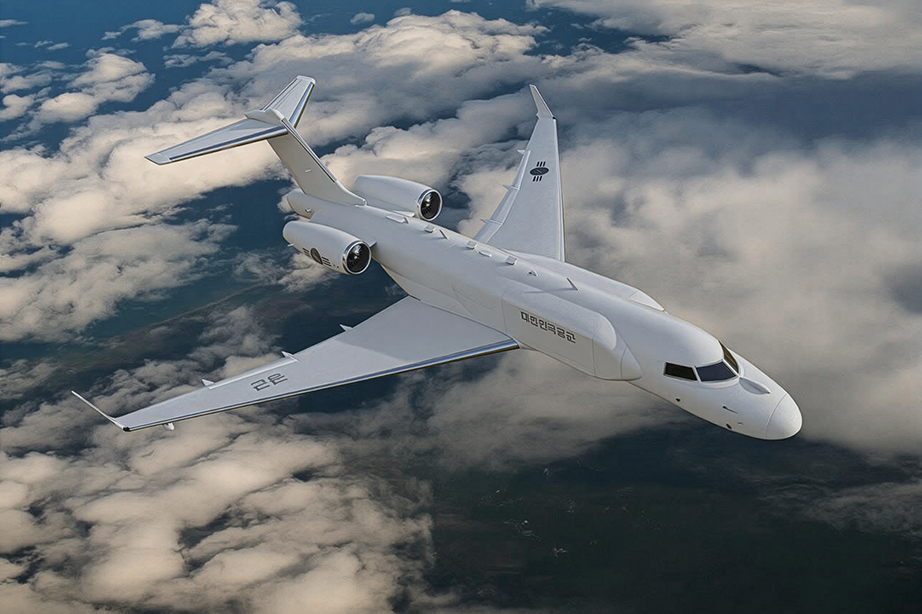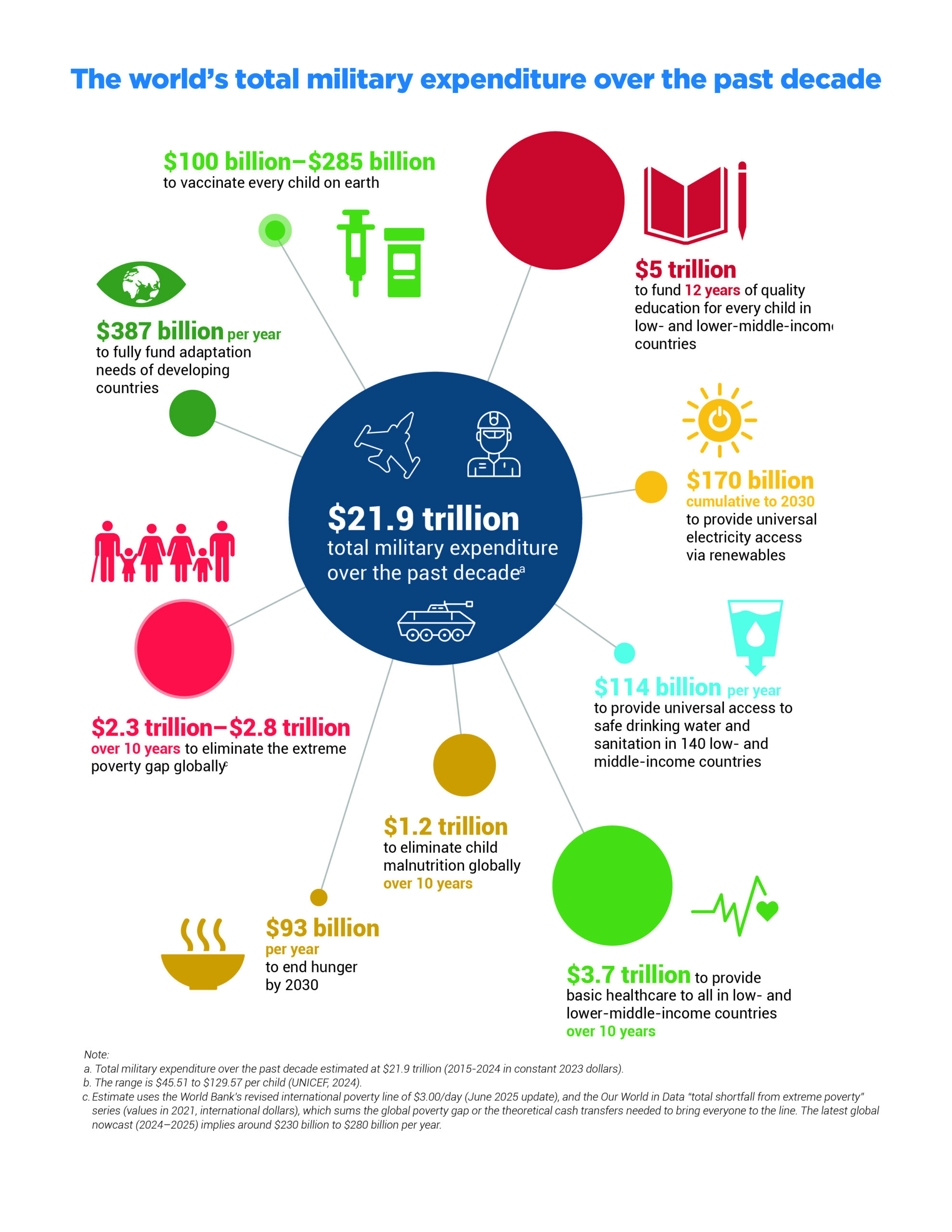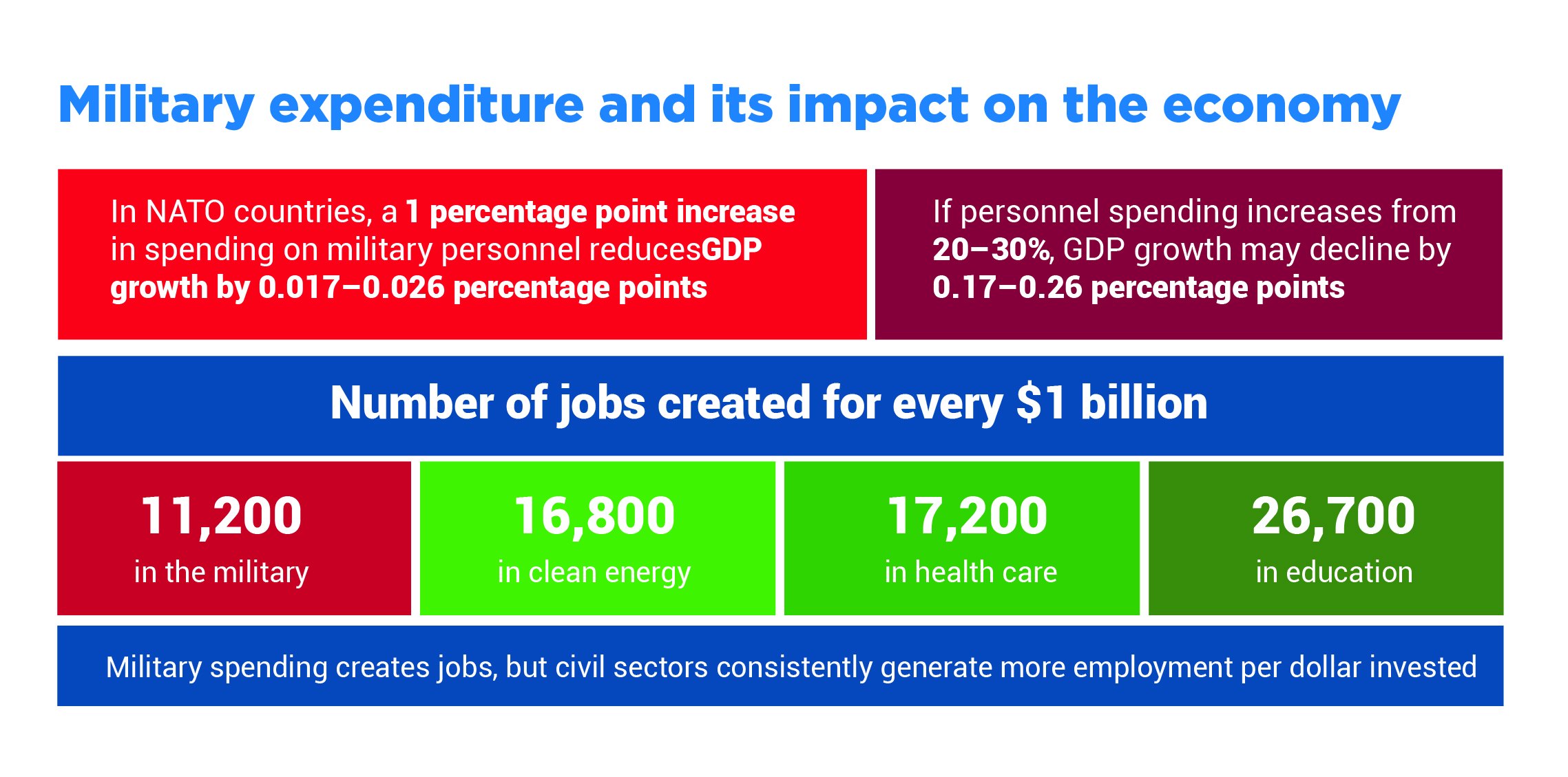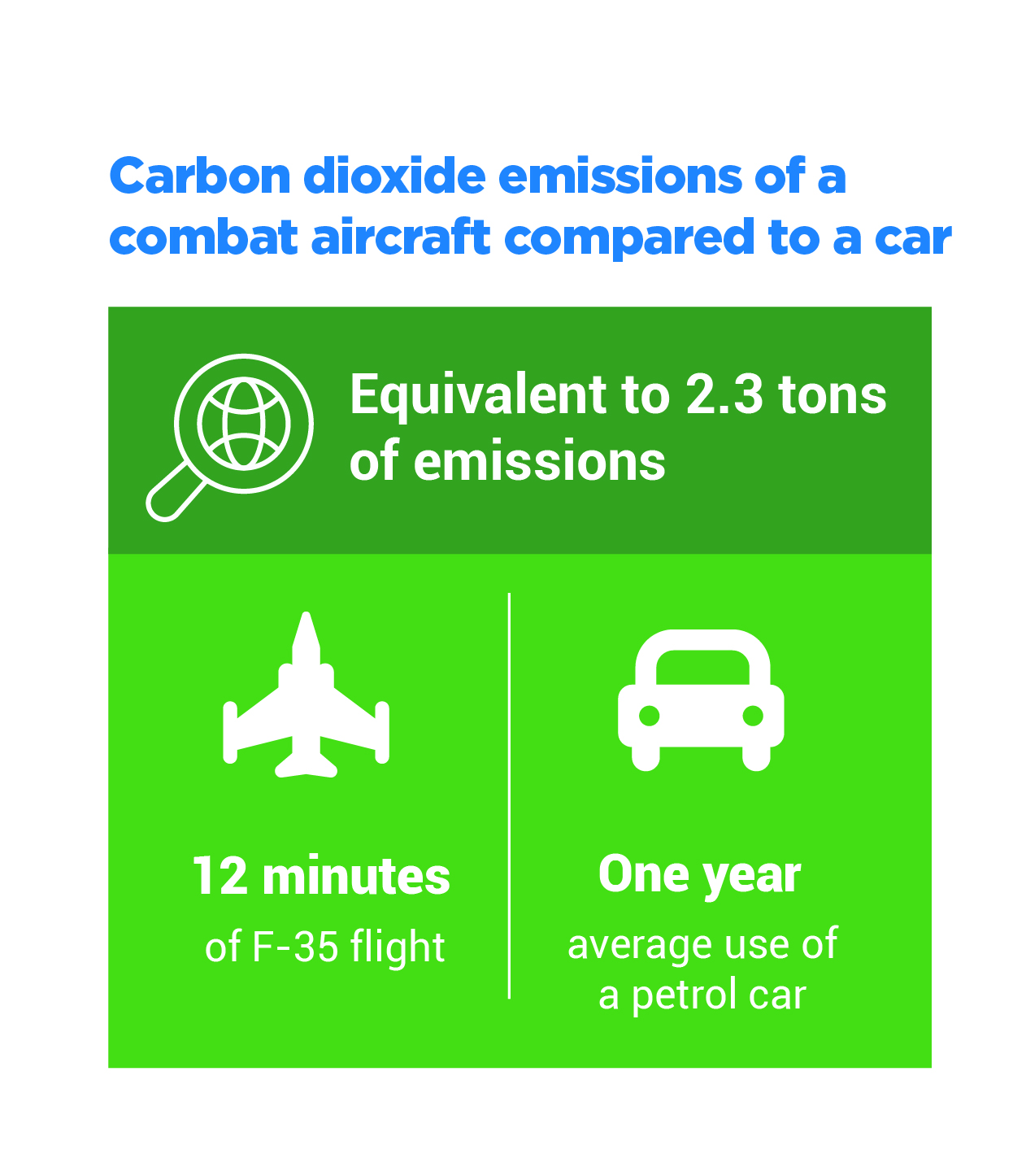With global defense budgets soaring to heights unseen since the Cold War, NATO and regional powers are racing to fuse intelligence, technology, and early-warning systems into the core of modern deterrence.
Twelve days of brutal warfare in the Middle East may have subsided, but the region remains a tinderbox of uncertainty. A cease-fire — fragile at best — hangs over a complex geopolitical landscape scarred by destruction. Intelligence communities across allied and regional powers are now on high alert, racing to predict the next flashpoint in a theater where hostilities can erupt with little warning — and enormous consequences. The war in Ukraine had already highlighted the crucial role of intelligence assets, with both sides relying heavily on various forms of intelligence gathering and analysis to gain an advantage.

So, in the aftermath of the latest conflict, military analysts and security officials are turning their attention to what they describe as the decisive factor in modern warfare: early warning. The conflict showcased the growing reliance on real-time intelligence and artificial intelligence–enhanced surveillance systems. Drones, cyber capabilities, and geospatial intelligence tipped the balance in several operations. But even with advanced tools, miscalculations occurred — some with devastating tolls, especially among civilians. The lesson, say regional analysts, is stark: Intelligence superiority is not optional. It is survival.
Gregory Koutsogiannis, regional business development director at L3Harris Technologies, helped us understand the early warning significance: how the encrypted servers, satellite intercepts, and predictive modeling could change the balance in a new warfare reality.
As he said, “Electronic warfare, intelligence, surveillance and reconnaissance, and airborne early warning and control are becoming increasingly important in the military environment. As the battlespace threat environment continues to evolve at a rapid pace, there’s a growing need for rapid, accurate, and relevant data to maintain decision superiority against peer threats. The diversity of adversaries and their maturity creates a unique threat environment, which requires tailored solutions.”
He added that “Missionized business jets are now battle-proven and can be modified to perform airborne early warning, intelligence, surveillance, target acquisition and reconnaissance, and stand-off jamming. They are designed to detect and identify threats, distribute information to decision-makers, and degrade adversaries’ use of the electronic spectrum.”
In our question about what the current global issues are affecting the need for airborne early warning, he underlined that “With the advent of UAS and cruise missiles, the need for affordable, reliable and high-performance early warning aircraft is growing as a global market need.”
For example, he said, “The Bombardier Global 6500, as missionized by L3Harris, has quickly become known for its reliability, performance, and modern avionics since its launch in 2019, because it embeds modern airborne radar and ensures system upgrades outpace adversary capabilities. Open software architecture and the ability to provide fast changes allow military personnel to stay ahead of threats and new emerging adversary technologies and tactics.”
Geopolitical and military analysts support that the core of airborne early warning and control (AEW&C) is radar specifications and related performance.
For Koutsogiannis, the L3Harris AEW&C conformal aircraft design offers seamless 360-degree radar coverage that can detect, identify, and track with unparalleled accuracy and range. “The advanced fifth-generation conformal dual-band Gallium Nitride AESA radar is integrated with a combat-proven Battle Management Command and Control system, a solution that is currently operational in Asia, Europe, and the Middle East. This system will address current and future adversary threats to a country’s national security,” he highlighted.
NATO’s spending surge
While Middle Eastern states reassess their defense doctrines, NATO is also drawing critical conclusions. At its recent summit, the alliance unveiled plans for its most significant defense spending increase in decades.
NATO Secretary-General Jens Stoltenberg confirmed that 23 of the 32 member states will meet or exceed the 2 percent of GDP defense spending target this year — up from just nine in 2020. “We are not just spending more; we are spending smarter,” Stoltenberg emphasized. “The threats we face — from state actors to terrorist networks — demand speed, interoperability, and foresight.” As Koutsogiannis put it, “The global threat landscape is constantly evolving, and nations are looking for modern and sustainable solutions that will achieve the critical delivery schedule and maintain high operational reliability.”
The ongoing instability in the Middle East and the continuing Ukraine-Russia conflict reinforce this logic. For NATO, the region remains both a strategic concern and a proving ground. Member states are closely monitoring proxy dynamics, Iranian activity, and the broader implications of regional militarization. Several NATO countries are deploying additional reconnaissance assets to regional bases, while joint exercises are increasingly focused on hybrid warfare and missile defense.
Crucially, the war has revived questions about the West’s preparedness for sudden escalations. The concept of deterrence by denial — ensuring that potential adversaries know their aggression will be detected and thwarted early — is gaining traction. This demands more than troops or tanks; it requires robust sensor networks, forward-deployed cyber units, and integrated command structures that can act on intelligence with minimal delay.
As geopolitical pressures intensify, the convergence between traditional military power and intelligence capabilities is redefining strategic postures on both sides of the Mediterranean. The lines between war and peace, between offensive and defensive posturing, have never been more blurred. For NATO and its partners, the key lies in a singular principle: Those who see first, act first.
But seeing first requires vigilance. And in today’s multipolar world, vigilance demands investment, integration, and the political will to stay ahead of crises that often begin as whispers — before exploding into wars that the world cannot afford.
Global military spending hit an unprecedented $2.7 trillion in 2024, rising more than 9 percent from the previous year, according to a new U.N. report launched by Secretary-General António Guterres. The study, The Security We Need: Rebalancing Military Spending for a Sustainable and Peaceful Future, warns that unchecked military build-ups are deepening mistrust, fueling arms races, and diverting resources from urgent development needs.
If current trends continue, spending could reach $6.6 trillion by 2035. Meanwhile, the world remains off track to meet the Sustainable Development Goals, with an annual financing gap already at $4 trillion. The report stresses that reallocating even a fraction of military budgets could transform lives:
Less than 4 percent of current spending could end hunger, and 10 percent could vaccinate every child worldwide.
U.N. officials called for a “human-centered vision of security” rooted in diplomacy, equity, and sustainability. “Rebalancing global priorities is not optional — it is an imperative for humanity’s survival,” said U.N. disarmament chief Izumi Nakamitsu.
In 2024, global military spending reached a record $2.7 trillion — about $334 for every person on Earth — nearly 13 times the amount of official development assistance and 750 times the U.N.’s regular budget.
Guterres warned that the current trajectory is “unsustainable,” as military budgets divert resources from health, education, climate resilience, and equality. He urged member states to “rebalance priorities” and invest in the security humanity truly needs, through diplomacy, development, and greater transparency in defense budgets. The U.N. release highlighted that, if trends continue, global military spending could reach $6.6 trillion by 2035. Meanwhile, the annual financing gap for the Sustainable Development Goals already stands at $4 trillion and could grow to $6.4 trillion by 2030.
● $93 billion (less than 4 percent of annual military budgets) would suffice to end global hunger by 2030.
● $285 billion (just over 10 percent) could fully vaccinate every child worldwide.
● $5 trillion (less than a quarter of global military spending in the past decade) would fund 12 years of quality education for every child in low- and lower-middle-income countries.
Studies also show that civilian sectors generate more jobs per dollar than the military: $1 billion can create about 11,200 military jobs but 26,700 in education, 16,800 in clean energy, and 17,200 in health care.

